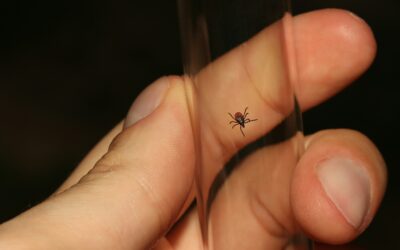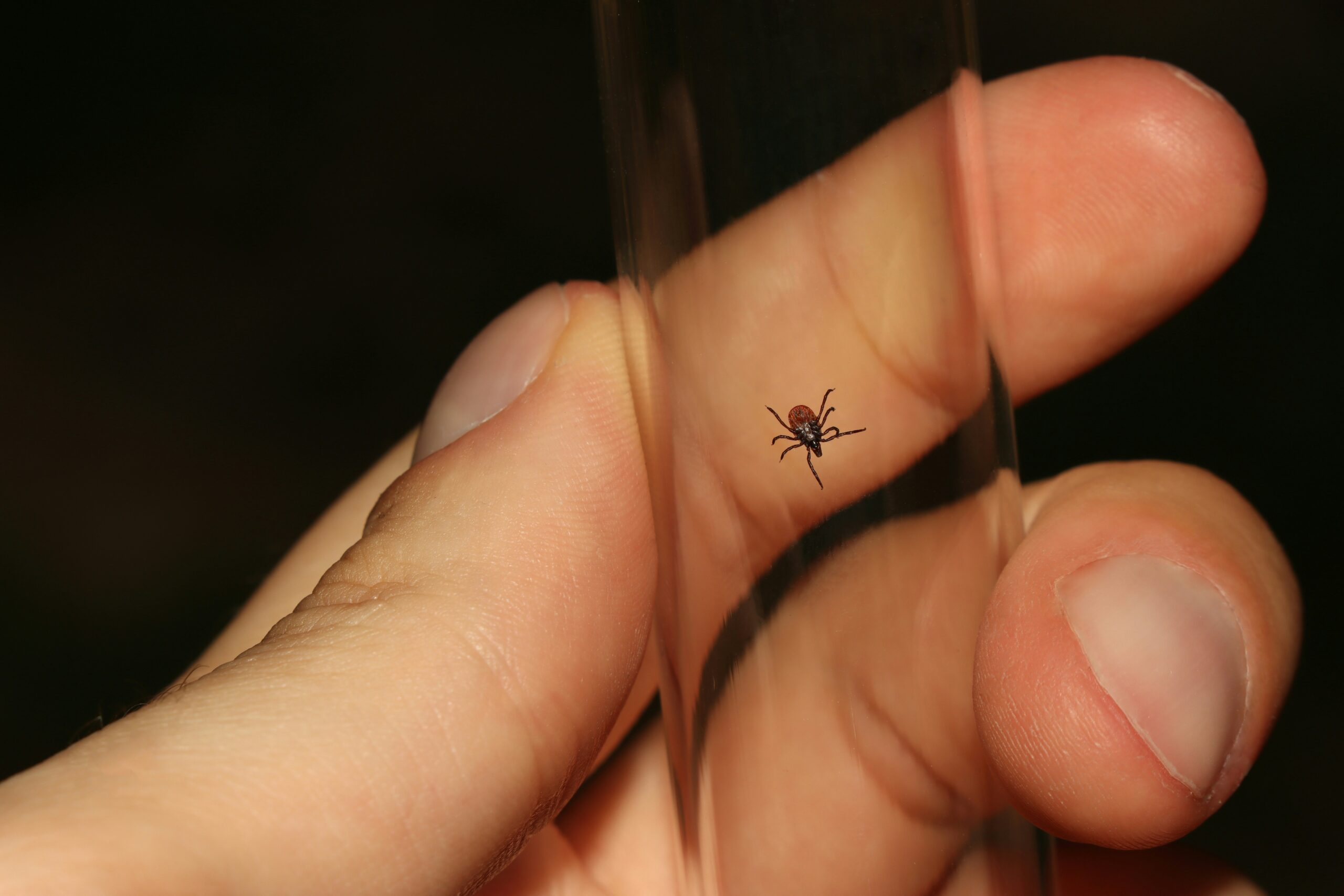MAY 2013
SEASONAL ALLERGIES
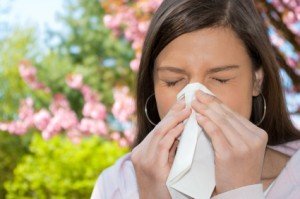
One of the causes of seasonal allergies is the way the immune system responds to airborne pathogens. The body can tag these particles, making the body think they are harmful. This encourages the body to mount an immune response.Your body will begin to release histamine, the chemical responsible for many allergy symptoms, along with other chemicals. Some cells that produce histamine may become unstable and over-reactive, releasing large amounts of histamine into the body. That is why many over-the-counter allergy medicines contain histamine blockers. Unfortunately, anti-histamine drugs have several unpleasant side effects such as daytime drowsiness and dry mouth.
Here are several ways to decrease seasonal allergy symptoms naturally:
1. Limit exposure. Sometimes it is a good idea to give the body a rest from the constant barrage of airborne allergens. This can help an over-reactive system to calm down and re-set itself. To do this, make sure to limit your outdoor exposure on windy days or days where the pollen and spore count is high. Delegate lawn duties and make sure not to dry your clothes outside. If you do have to be outside, take a quick shower to wash off particles from your skin and hair when you return home. A high-quality air filter can significantly reduce the allergens in your environment.
2. Support the Body. There are several things you can do to support the body through allergy season. To help inhibit histamine naturally, try sipping herbal tea made from stinging nettles or adding quercetin rich foods, such as onions, olive oil, apples, citrus, and blueberries. If you are unable to introduce these kinds of foods, you can ask your doctor if quercetin supplementation is right for you.
3. Get Enough Sleep. Seasonal allergies can take their toll on our body, making us feel worn down and fatigued. Anytime our body is struggling in this way it is especially important to get enough high-quality sleep to help the body recover. Make sure you are going to bed early enough to feel rested in the morning when you wake up.
4. Alternative Therapies. Using therapies such as homeopathy, acupuncture, and hydrotherapy are great ways to help stimulate the body to health by balancing the system. Consult with your Naturopathic Doctor about which options are best for you.
BLUEBERRIES
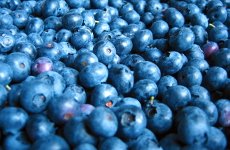
References
Blueberries. World’s Healthiest Foods.
RECIPE: MIXED BERRY SALAD
- Stevia to taste (the equivalent of about 2 tablespoons of sugar)
- 2 tablespoons orange juice
- 1 pound strawberries, hulled and halved or quartered if large
- 1 cup raspberries
- 1 cup blackberries
- 1 cup blueberries
- 1/4 cup fresh mint leaves, torn
In a medium bowl, whisk together sugar and orange juice. Gently fold in strawberries, raspberries, blackberries, blueberries, and mint. Serve immediately or cover and refrigerate, up to 4 hours.
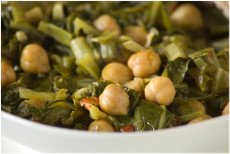
QUERCETIN

Quercetin. University of Maryland Medical Center.
Pizzorno, Joseph E., and Michael T. Murray. 1999.†Textbook of Natural Medicine. Edinburgh: Churchill Livingstone
STINGING NETTLE (Urtica dioica)
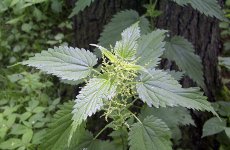
Roizman, Tracey. Stinging Nettles Herbal Medicine.
Roschek, B Jr. et al. 2009. Nettle extract (Urtica dioica) affects key receptors and enzymes associated with allergic rhinitis. Phytotherapy Research 23 (7): 920-6.
Stinging Nettles. University of Maryland Medical Center.
THE NETI POT
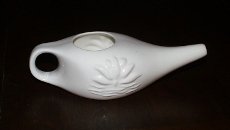
RECIPE: NETI POT
- 16 oz distilled water
- 1 tsp. of salt into one cup of water
- 1/2 tsp. baking soda (this is optional) Some people find it creates a more gentle solution.
Mix all ingredients. Start slow and pour the solution into one nostril while your head is tilted to the side. Let gravity pull the water down through your sinuses and out your alternate-nostril.
References
Follow us on instagram
BLOG
Become an educated consumer with our Indigo Blogs and prevent dis-ease.
Our Doctors have been featured in:
